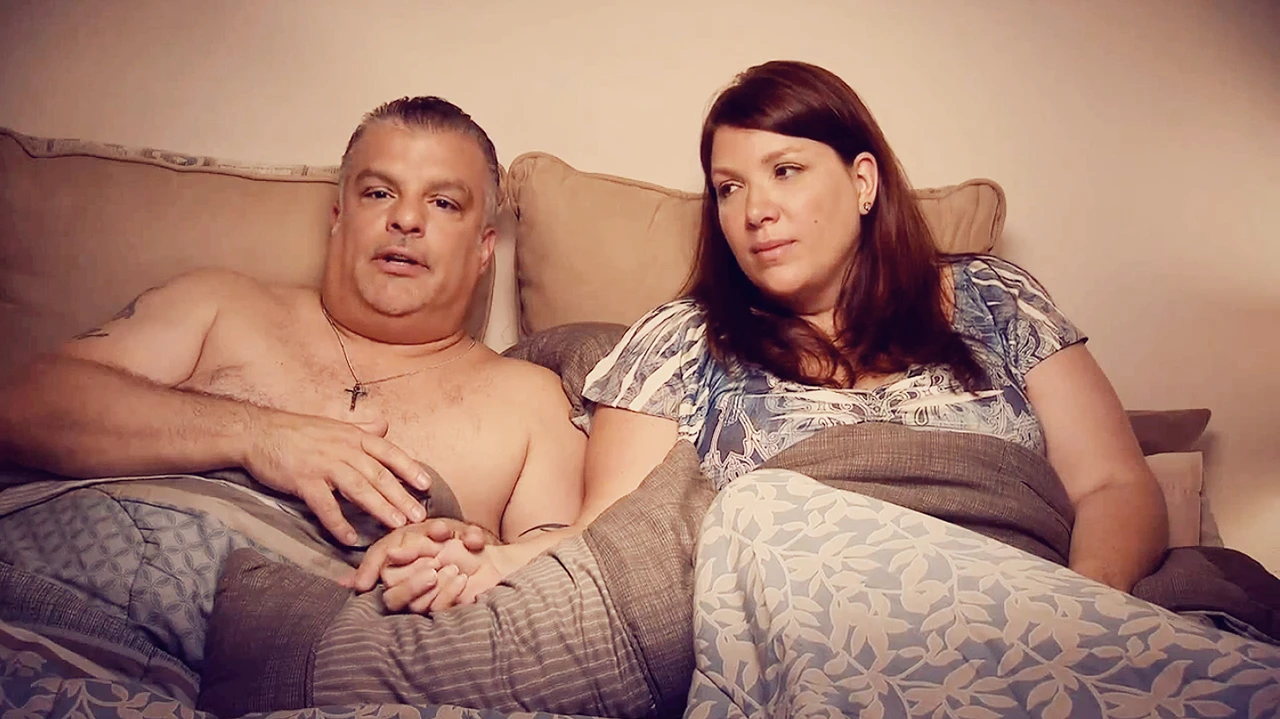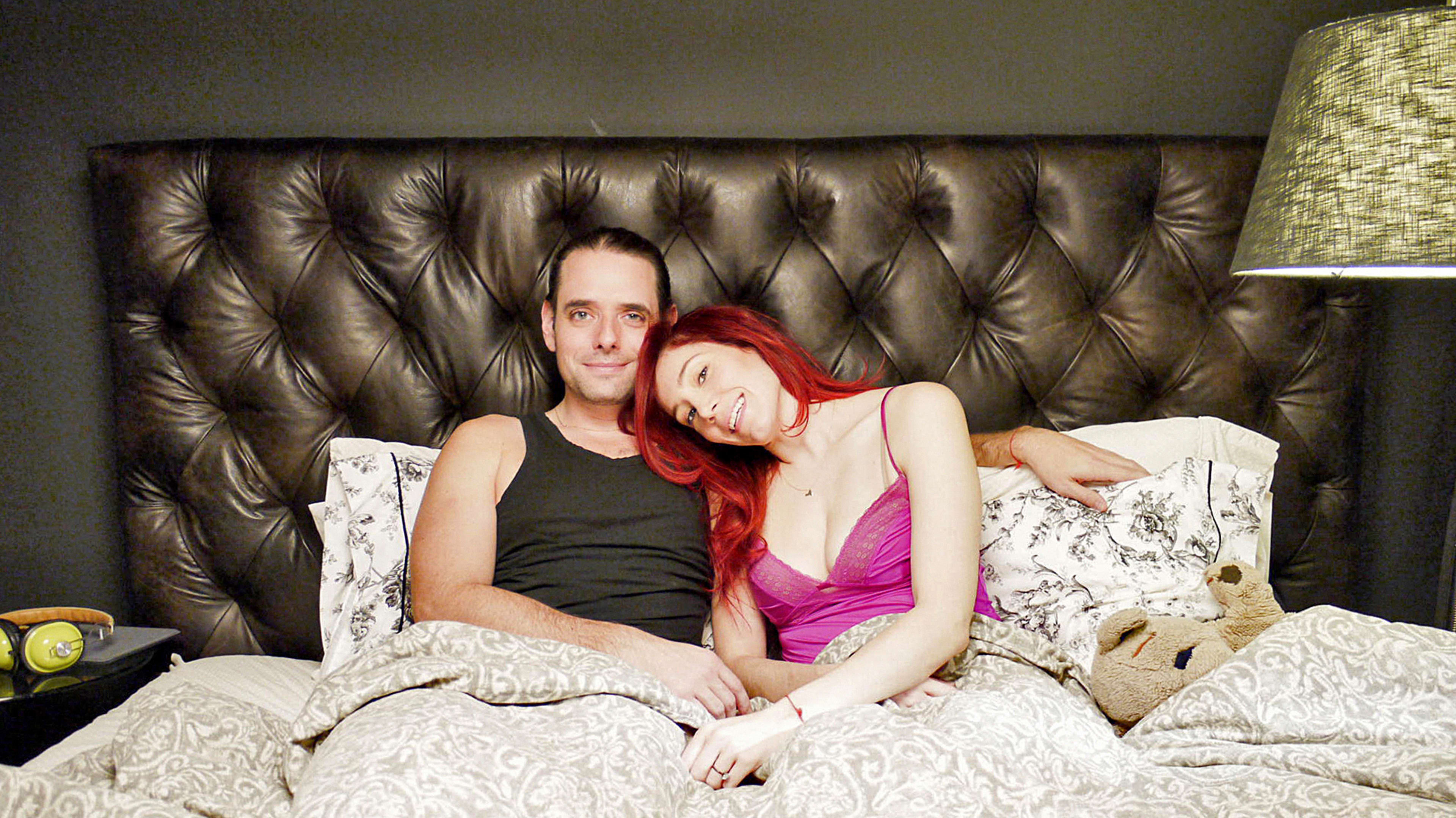For Philippa Robinson, the idea of filming a series of total strangers talking about their relationships and sex lives while sitting in their own beds seemed like a perfectly wonderful idea as she embarked upon the project last year. The resulting film, Americans in Bed, which is airing all week on HBO, was inspired by a similar film Robinson did in 2010 for the BBC. The film includes interviews with more than a dozen couples young and old, gay and straight, newlyweds, a couple married for 71 years, and many more. “I know how to get people to talk,” says Robinson, noting that she’s completing a degree in psychotherapy. “I wanted to allow them time to talk about their relationship, honor what they say, and I refused to judge them.”
To start, Robinson spent several months traveling the United States searching for couples to appear in the film. Robinson and her crew went to diners, scrapbooking conferences, and dozens of other events, casually observing couples, looking for people she thought might make a good fit. “I would look to see if I could see the individuals within the couple, I’d listen in if they were having an argument,” Robinson says, “It was important to find people who weren’t desperate to be on camera. I preferred people who really had something to say, who were almost somewhat reluctant to be on camera, or people who thought it might be an adventure.”
After they spotted potential subjects in a given location, the crew would go over to speak to them and broach the subject of being in the film. Without seeming too prying in their first encounter, they had to get enough information to make sure they had a good mix of people who could cover various aspects of relationships from infidelity to sex, from children to divorce to wedding nights to monogamous bliss. “Trust gets built from that very first interaction they have with you,” Robinson says, “There’s something about engaging people and allowing them to understand that they are not going to be pushed and rushed but that there things that are important to be discussed.”

So how do you get people to talk about the most intimate parts of their lives with a crew of relative strangers for a film that will be broadcast to millions of homes all over the country? Often documentary filmmakers who are making films about a single community or individual spend months living with the subjects without turning on a camera in an effort to gain their trust. However, Robinson only had a handful of opportunities to meet each couple, when they were first observed, when they discussed the film, and then finally on the day of filming. In between the time the crew selected couples and the time they filmed, they continued checking in with the subjects and answering all their questions, making sure the couples felt valued, respected, and engaged.

Both on set and during preproduction, part of gaining the subjects’ trust was the character of crew members. “They have to be compassionate and kind,” she says, “While they are deeply engaged with the subjects and the film, once cameras roll they are very good at disappearing into the background, which makes the subject feel safe.” For example, one of the couples in the film had dealt with infidelity in the recent past. While Robinson knew that there had been infidelity, she didn’t know the full extent until they were actually shooting; once they were prompted to discuss the incident, the couple began to discuss it in great detail. In allowing that to happen naturally, Robinson says you end up getting your most precious footage.
Robinson also notes how important it is not to abuse the privilege of being able to talk to someone about their personal life by asking them to go into graphic detail unless those details are germane to the film, “I actually think people’s sex lives are rather boring,” she says, emphasizing the responsibility she had to the subjects. The whole documentary was filmed with essentially the same shot of where you can see both members of the couple in bed. There are no cutaways or reaction shots, in part to prevent the film from taking sides. “The trust goes both ways,” Robinson says, “Yes they have to trust me that everything is going to be alright, but I have to trust them that they will be honest with me and that they’ll talk about intimate and personal things.”
[Images courtesy of HBO]
Recognize your brand’s excellence by applying to this year’s Brands That Matter Awards before the early-rate deadline, May 3.
